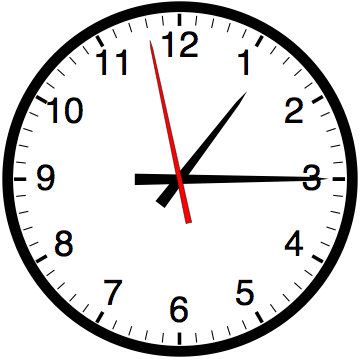An ongoing dialogue on HIV/AIDS, infectious diseases,
August 10th, 2010
Curbside Consults: The Yin and the Yang
 One of the simultaneously most enjoyable and exasperating aspects of being an Infectious Disease specialist is the large volume of “curbside” consultations we get from colleagues.
One of the simultaneously most enjoyable and exasperating aspects of being an Infectious Disease specialist is the large volume of “curbside” consultations we get from colleagues.
For example, here’s this week’s talley — and it’s only Tuesday — done from memory and without systematically keeping track of emails, pages, phone calls, etc.:
- Duration of antibiotics after urosepsis, organism resistant to TMP/SMX and quinolones
- Need for repeat immunizations in splenectomized adults (got that one last week too, coincidentally)
- Work-up for diarrhea and mild eosinophilia in someone just returning from Nigeria
- Best outpatient antibiotic for prevention of MRSA recurrence
- Interpretation of Lyme immunoblot
- When to suspect false-positive HIV viral load test
- Can someone catch hepatitis C from sharing a toothbrush? (Very, very unlikely — but why do it, ugh.)
The pluses of doing curbsides are numerous, and extend beyond just helping our colleagues and their patients. It’s also a way of fostering a friendlier clinical environment, one which generates interesting referrals and open communication among different specialties.
After all, lacking a billable procedure (the lucrative gram stain has been outlawed by OSHA years ago), we are hardly going to rake in the dough under the current fee-for-service health care structure regardless. So why not do it?
One potential answer is in this paper just published in Clinical Infectious Diseases, from the ID group at the University of Vermont. They kept track of all curbside consults done in 1 year period, and “converted” them into the work component of the relative value unit, or RVUs.
Not surprisingly, lots of their work is done via curbside:
A total of 1001 curbside consultations were fielded: 66% involved outpatients, and 97% were coded
as initial consultations. A total of 78% of curbside consultations were considered complex in nature, being assigned a CPT code of level 4–5, including 84% of the inpatient and 75% of the outpatient curbside consultations… Curbside consultations represented 17% (2480/14,601) of the clinical work value of the infectious diseases unit. If the infectious diseases unit had performed these curbside consultations as formal consultations, an additional $93,979 in revenue would have been generated.
In other words, time is money — only in this case, time isn’t money at all. The paper concludes by stating:
Hospital administrators, managed care groups, insurance companies, and academic societies need to recognize that curbside consultations represent a large volume of work, are complex in nature, and represent potentially large sources of lost revenue for infectious diseases specialists. The curbside consultation should be incorporated into measures of provider workloads, productivity, contribution to health care delivery, and financial compensation.
Amen to that.

